
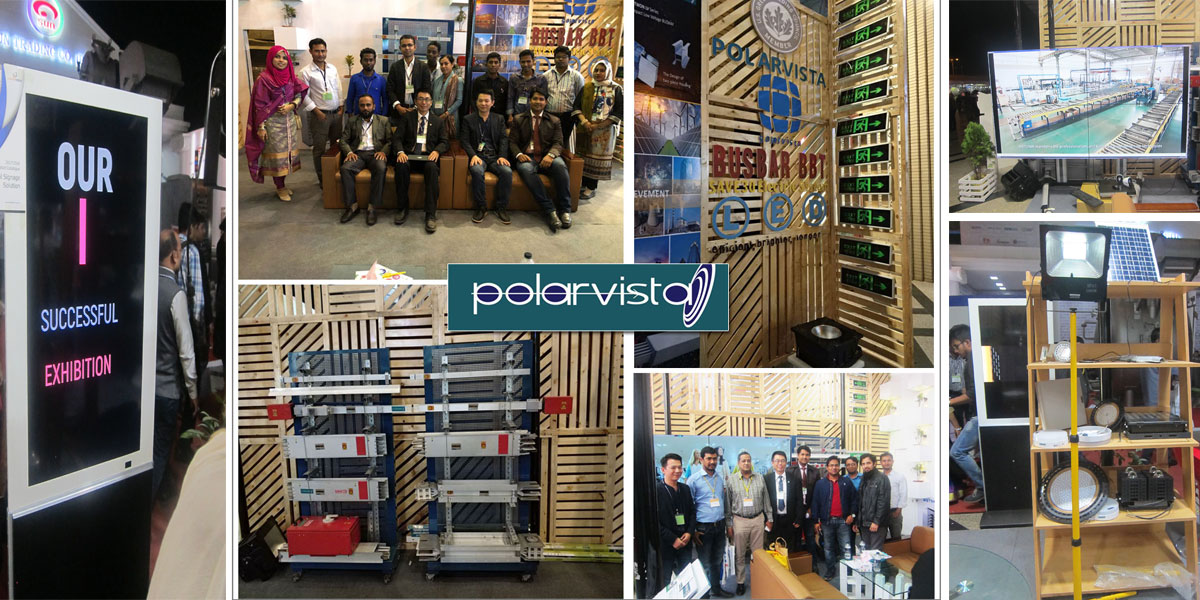
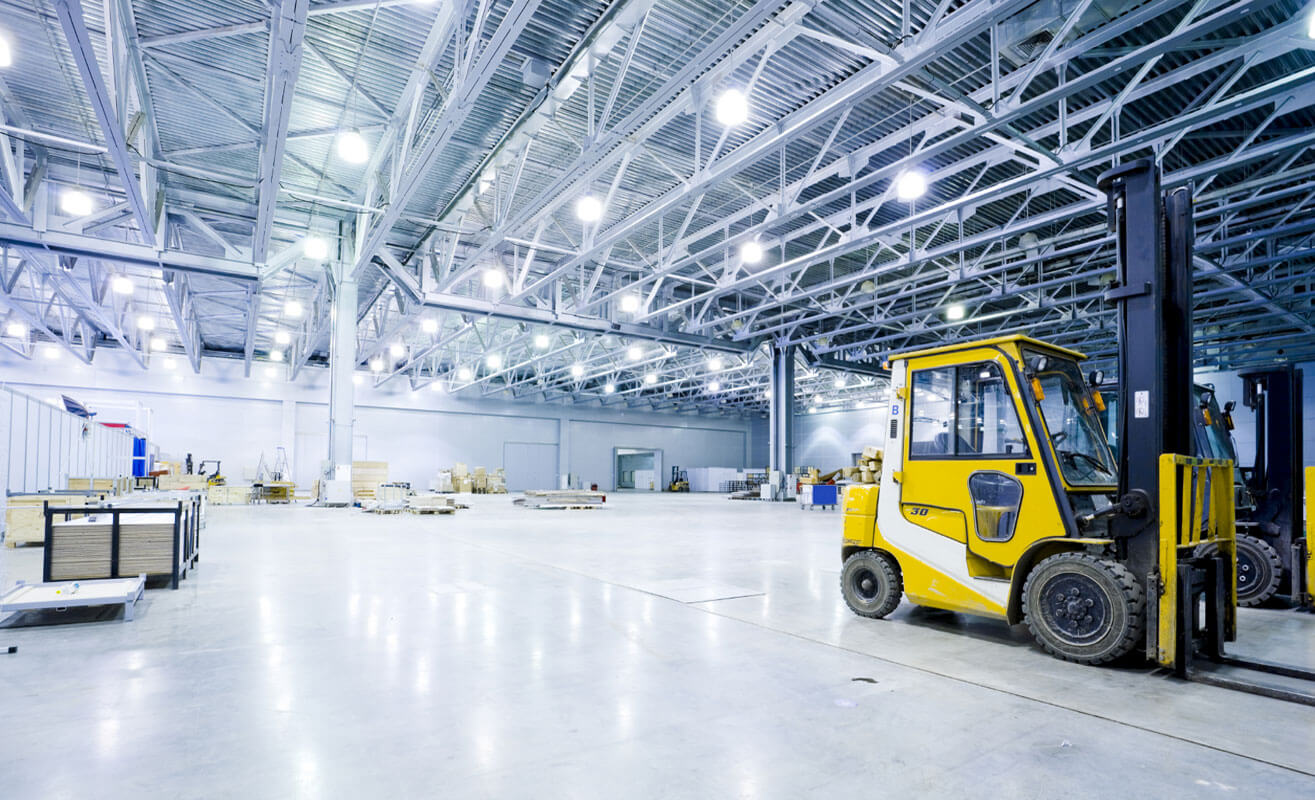
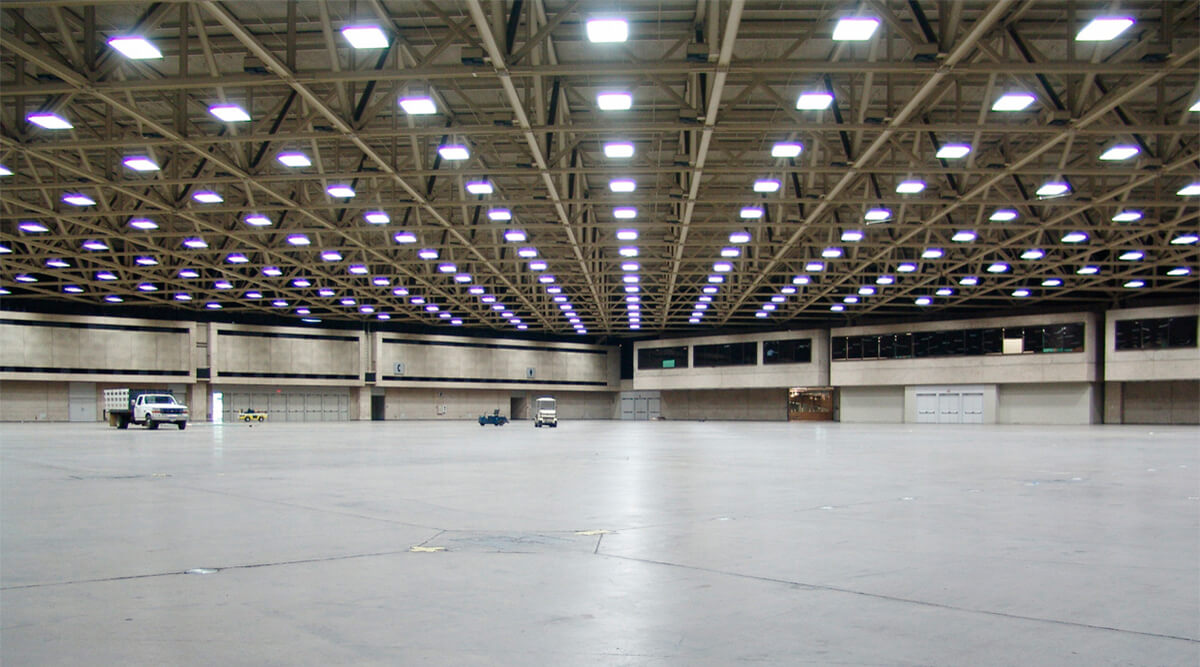
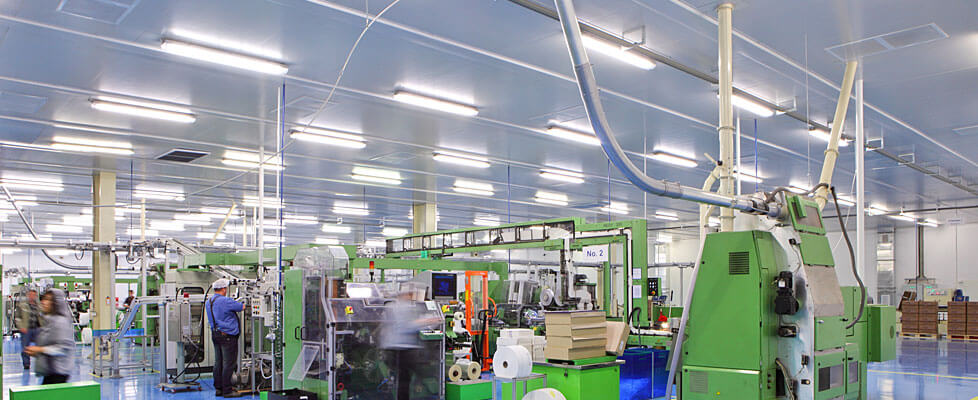
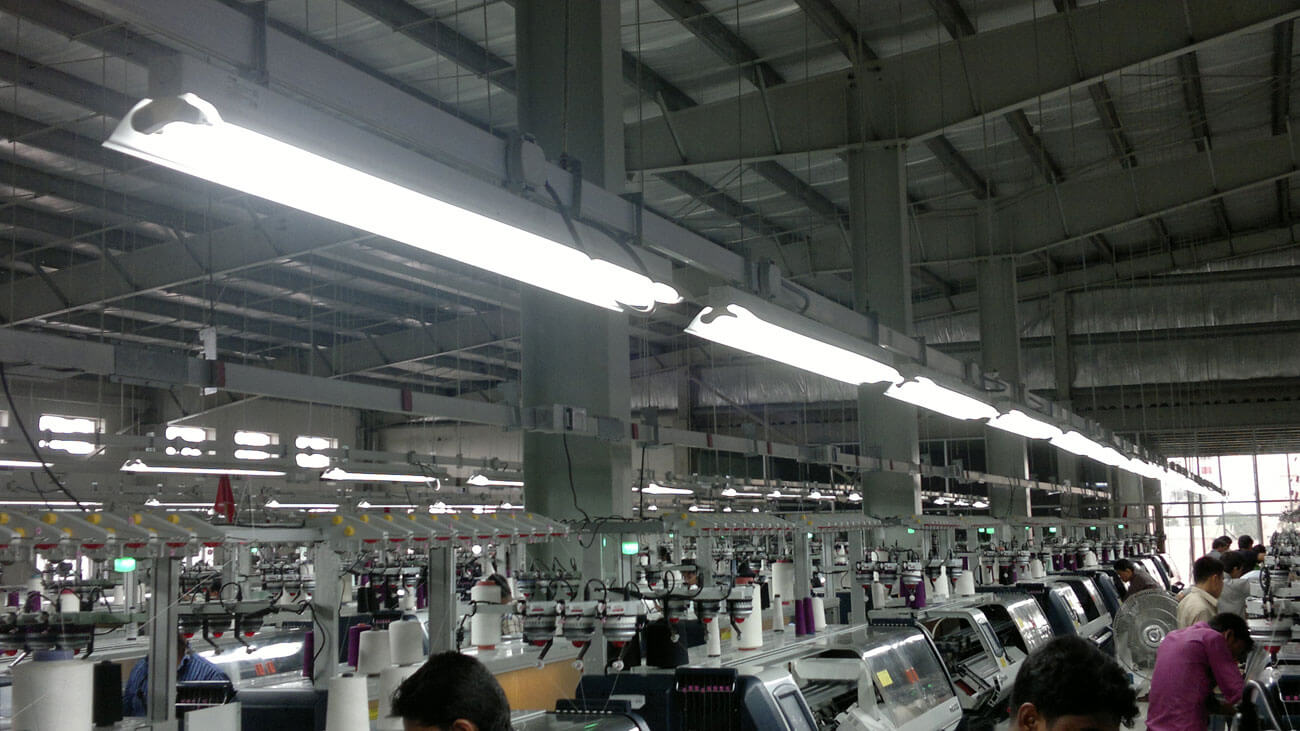

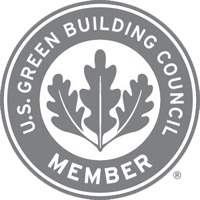
credits encourage using sustainable building materials and reducing waste. Indoor environmental quality credits promote better indoor air quality and access to daylight and views.
requirements, while not a credit category, promote reaching across disciplines to incorporate diverse team members during the pre-design period.
credits promote smarter use of water, inside and out, to reduce potable water consumption.
credits promote better building energy performance through innovative strategies.
credits emphasize compact, walkable, vibrant, mixed-use neighborhoods with good connections to nearby communities.
credits promote better indoor air quality and access to daylight and views.
address regional environmental priorities for buildings in different geographic regions.
credits encourage strategies that minimize the impact on ecosystems and water resources.
credits reward projects within relatively dense areas, near diverse uses, with access to a variety of transportation options, or on sites with development constraints.
credits promote walkable neighborhoods with efficient transportation options and open space.
redits reduce the environmental consequences of the construction and operation of buildings and infrastructure.
credits address sustainable building expertise as well as design measures not covered under the five LEED credit categories.